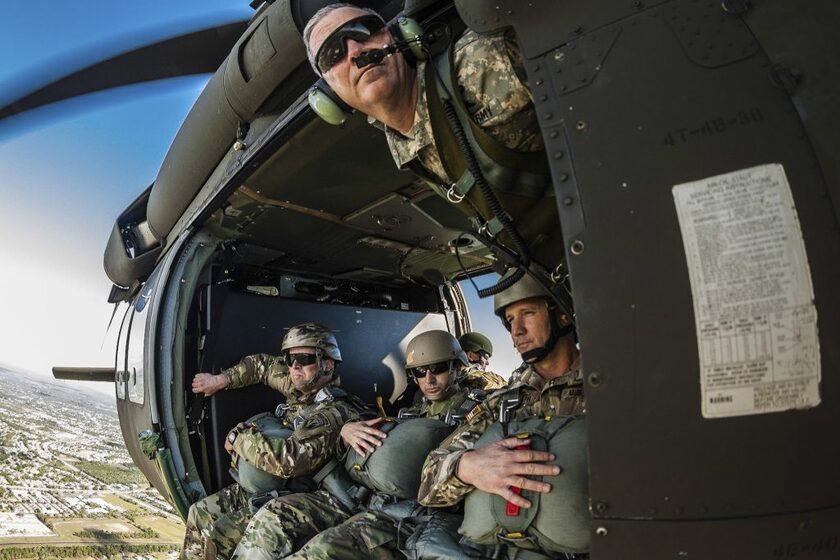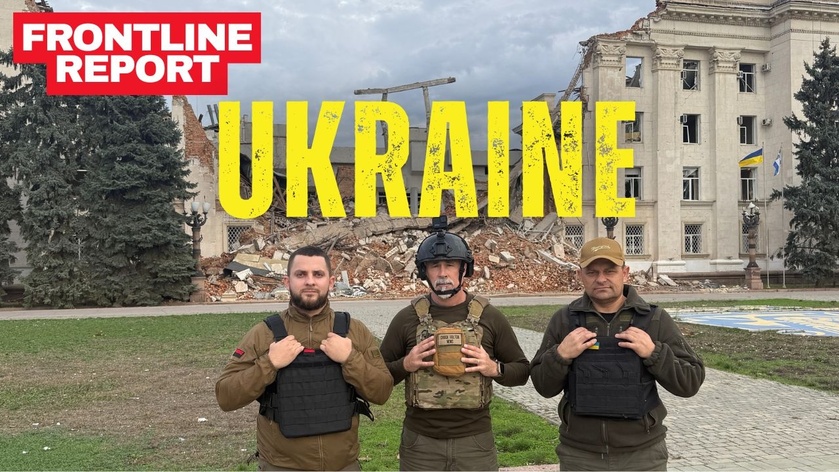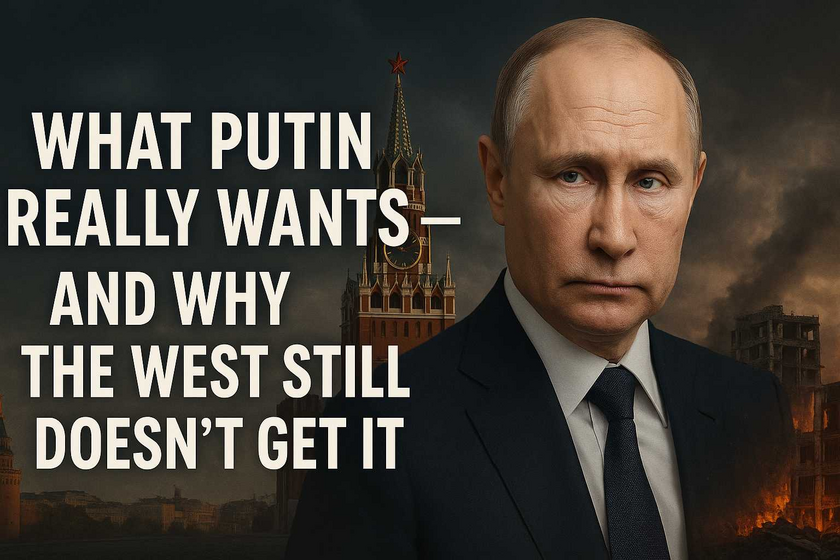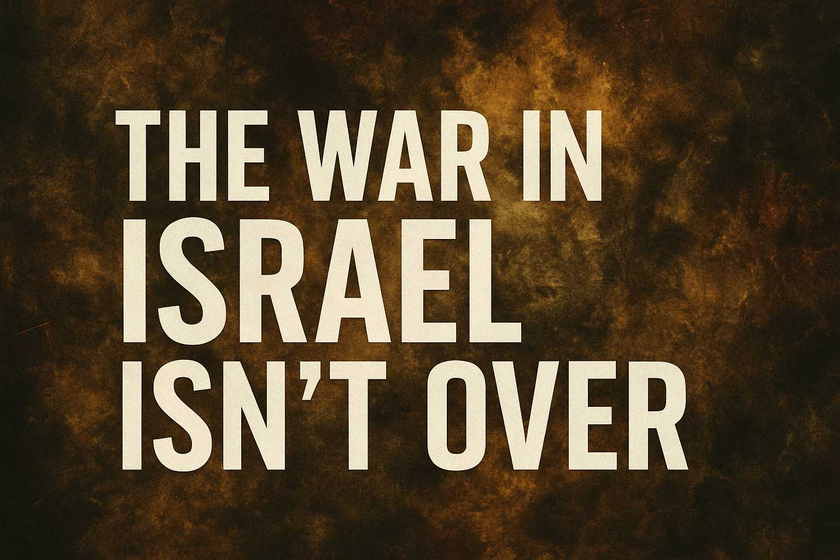I was in Afghanistan during the war with a grizzled old Marine Corps Gunnery Sergeant. The guy had seen it all—combat tours, hard fights, and the changing face of the military. One day, we were talking about the way things were going, and he let out a frustrated chuckle.
“When I joined the military, that (LGBT) stuff was illegal. Then they went to this ‘don’t ask, don’t tell’ B.S. Now we’re supposed to celebrate it! Hell, I’m getting out before they make it mandatory!”
It was a joke, sure. But it laid bare a real concern that many in the military had: the Armed Forces were being turned from a lethal, disciplined, and mission-focused organization into a grand social experiment. And the results? Recruiting numbers plummeted. Retention became a problem. Warriors who signed up to fight and defend America started feeling like they were being forced into something else entirely.
That’s why the new executive order from the White House is a big deal. It shifts the focus back where it belongs—on readiness, discipline, and lethality—instead of on activist-driven policies that weaken unit cohesion and effectiveness.
A Return to a Warrior Culture
The military’s one and only job is to fight and win wars. Everything else is secondary. But over the past few years, we’ve seen policies injected into the ranks that have nothing to do with combat effectiveness and everything to do with political agendas. This new executive order is a clear course correction.
Here’s what it does:
✅ Restores strict medical and mental health standards – If you require ongoing medical treatments, hormone therapy, or psychiatric care to maintain an identity that doesn’t align with biological reality, you can’t meet the demands of military service. That’s just a fact.
✅ Eliminates radical gender ideology from military policies – No more forcing pronoun games on soldiers. No more policies allowing men to access women’s spaces (or vice versa). The military is built on discipline, not personal identity expression.
✅ Revokes past policies that prioritized social inclusion over combat readiness – The previous administration allowed individuals with gender dysphoria to serve openly, even if they required special medical care. This executive order reverses that, ensuring that only the most fit and deployable warriors make the cut.
Recruiting and Retention: A Reality Check
Let’s talk brass tacks. The military has a recruiting crisis. In 2023, the Army, Navy, and Air Force all struggled to meet their quotas. And let’s be honest—when you turn the military into something unrecognizable, people stop signing up.
The kinds of men and women who want to serve—those with a warrior mindset—aren’t looking for a place that forces them to celebrate political ideologies. They’re looking for a place that demands toughness, discipline, and selfless service.
This order is a step toward fixing that.
The Bottom Line
For years, service members and veterans have been asking: Why is our military being treated like a social experiment? Why are we prioritizing woke policies over lethality? This new executive order is the first serious move in a long time to push back against that.
The goal is simple: Make the U.S. military the deadliest, most effective fighting force on the planet—again.
This isn’t about discrimination. It’s not about exclusion. It’s about ensuring that our warfighters are the best trained, the most cohesive, and the most capable warriors America has to offer.
And if that offends someone? Maybe they weren’t cut out for the military in the first place.
Drop your thoughts in the comments—I want to hear what you think!



















